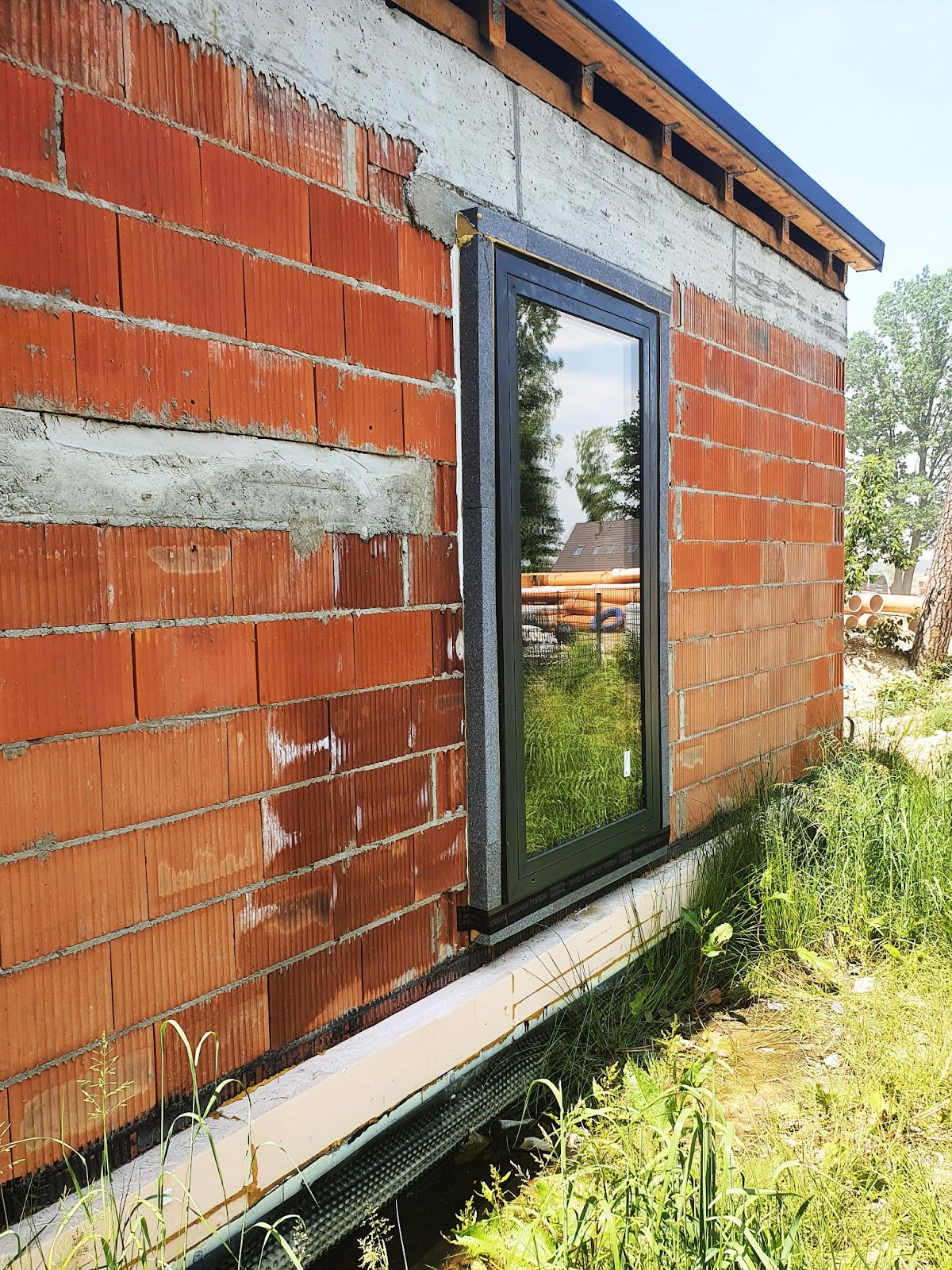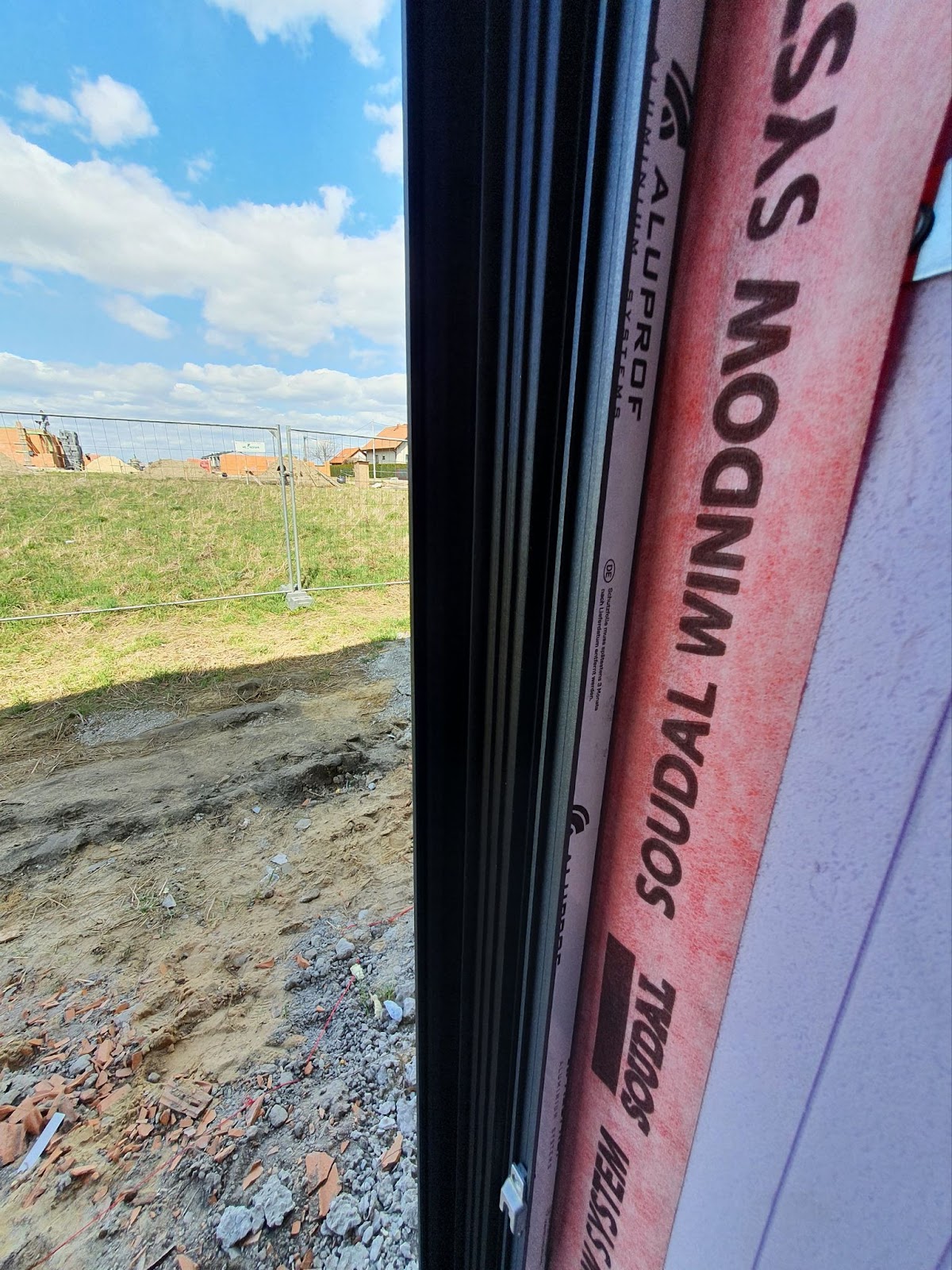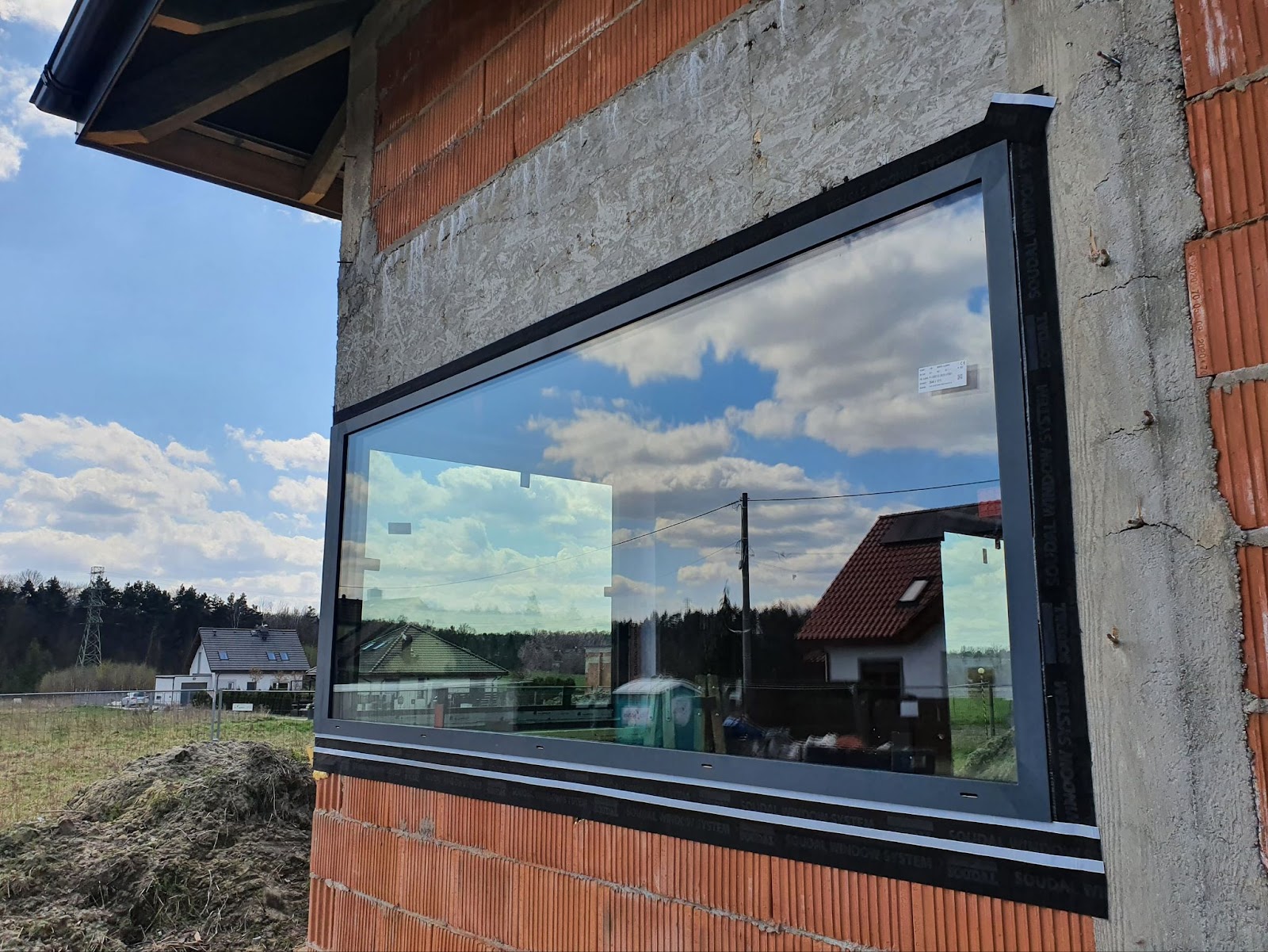
Modern construction places more and more emphasis on energy efficiency and thermal comfort of users. Among the key elements affecting the energy efficiency of buildings are not only the technical characteristics of PVC or aluminum windows, but also the way they are installed. One of the most effective solutions in this regard is warm installation of windows, also known as layered assembly. In this article we will explain what a warm installation is, what its effectiveness consists of, what benefits the warm installation of windows has and also how to do it step by step so that it fulfills its function. Read on to find out all about it!
Warm installation of windows, also called Layered mounting, is a modern method of embedding windows in masonry, which the main goal is to minimize heat loss and protect against moisture. Unlike traditional foam mounting, which focuses only on filling the mounting gap, warm mounting assumes the use of three layers:
Thanks to this installation of the opening joinery, the window not only does not lose heat, but also does not expose the building to dampness and the development of mold.
Get to know our offer PVC windows and Aluminium windows!
The choice of warm assembly offers a number of tangible benefits, both for individual users and developers and commercial investors. Thanks to the layered installation of window joinery, we get:
You may also be interested in: Windows for a passive and energy-efficient home

Warm installation of window joinery can be done in two ways. Depending on the type of building and design, it is possible to make Warm installation in the window opening or in the insulation layer.
This is a type of mounting in which the window is mounted directly into the wall opening. The window is fixed with anchors or door frame screws. Then sealing tapes and PUR foam are used. This solution is most often used in single-family houses and traditional buildings.
It is the solution most commonly used in modern passive and energy-saving construction. It has slightly better thermal insulation properties, but it is also slightly more expensive than installation in a window opening. In installation, in the insulation layer, the window is extended beyond the face of the masonry and embedded in a layer of thermal insulation. This requires the use of special brackets or mounting profiles and the use of tapes for tight fitting. However, it ensures optimal isotherm displacement and elimination of thermal bridges.
The effectiveness of the warm installation of windows depends not only on the sandwich technology itself, but also on the fulfillment of certain technical and quality standards. The key indicator is here heat transfer coefficient (U), which for the entire connection of the window to the wall should be as low as possible - preferably less than 0.8 W/m²K in the case of energy-saving and passive construction. Importantly, this value applies not only to the window itself, but also to the way it is installed — that is why the elimination of thermal bridges at the junction of the joinery and the wall is so important.
Warm installation also allows compliance with the requirements of the Technical Conditions WT2021, which impose on investors the obligation to limit energy losses and ensure an adequate level of tightness of the building. Particular attention should be paid to tightness class of the window joint, i.e. resistance to air and moisture penetration — best if the mounting solution meets the minimum class RMG-E according to the guidelines of the Institute of Construction Technology.
In order for the entire system to work properly, it is also necessary to maintain mounting expansion approx. 1.5—2 cm around the frame and the use of certified tapes and foams with appropriate thermal insulation properties. Thoughtful selection of components and assembly in accordance with the technical recommendations of the manufacturers, allows not only to obtain high thermal comfort, but also to protect the investment for years.
Also read: Heat transfer coefficient (Uw) - what is it?

Properly carrying out warm assembly requires not only good technique, but also excellent knowledge of the products. Here are the steps that should be followed by a professional assembler:
Proper preparation of the hole is the basis of any successful installation. Before starting work, you need to make sure that the window opening is:
See also: Building Energy Efficiency — Definition, Audit, Improvement [Practical Guide 2025]
A key element of warm assembly is the use of appropriate tapes. Among them we can distinguish:
Used from the inside of the building. Its task is to retain moisture and water vapor, which could damage the thermal insulation layer.
Attached from the outside. It protects against rain and moisture, and at the same time allows the partition to “breathe” and drain moisture outside.
Self-expanding sealing tape that fits into the gaps and closes them, making the warm installation done correctly, and thanks to this, the insulation is protected.

Although the warm installation of windows is considered one of the most effective methods of installing joinery, its effectiveness depends largely on the precision of execution. Unfortunately, even minor errors can lead to serious consequences - from heat loss, to dampness of the partition, to damage to window elements.
One of the most common problems is incorrect gluing of sealing tapes — lack of continuity, too small plants or their use on dirty or damp ground, significantly reduces the effectiveness of insulation.
Another mistake is lack of adequate dilation between the window frame and the wall — too tight seating can lead to stress and deformation of the profile.
It is equally dangerous inaccurate filling of space with PUR foam — empty air pockets promote the formation of thermal bridges and frostbite.
A common mistake on construction sites is also abandonment of priming the substrate under the tape, despite the fact that many manufacturers require it. As a result, the tape can peel off after several seasons, leading to dampness of the masonry.
To avoid these problems, it is worth trusting proven contractors, and the assembly process itself should be carried out in accordance with system recommendations and building standards.
Warm installation of windows is a solution that is increasingly becoming the standard in modern construction. The installation of window joinery using a three-layer installation technique and specialized materials, such as sealing tapes and PUR foam, allows you to achieve maximum energy efficiency and comfort of use. By investing in a warm installation, you invest in durability, economy and a healthy microclimate in the house. If you want the highest quality workmanship — get in touch with experts by manufacturer Komstawho will select the best solutions for your project.